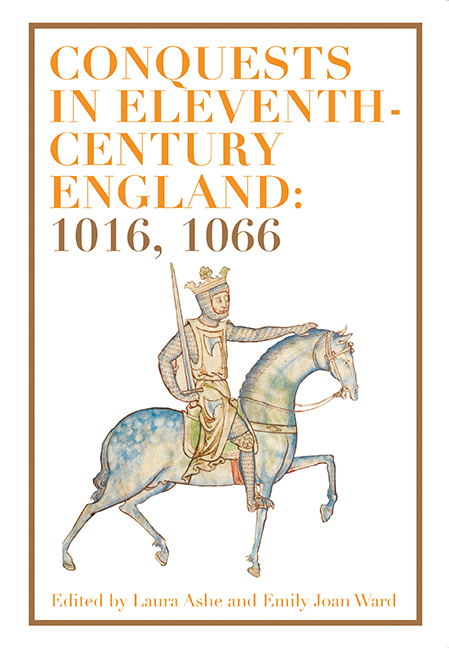4 - Cnut and William: A Comparison
Published online by Cambridge University Press: 26 April 2020
Summary
The eleventh century is unique in English history, because it is the only time within one century that two foreigners conquered England and became king of the English. The first was Cnut (d. 1035), son of the Danish king Svein who had come to England in 1013 and would have been crowned king if he had not died in February 1014. Cnut succeeded him, though not without a long struggle: first he fought against King Æthelred, who had returned from exile in Normandy, and then, after his death in April 1016, against Æthelred's son Edmund, who only survived his father by six months. Edmund's death opened the way for Cnut to be accepted as sole king sometime in 1017. In contrast to the protracted route to kingship for Cnut, which took three years from his father's death, it took the second conqueror, the Norman duke, William, only three months from invasion and battle in early autumn to his coronation in Westminster Abbey on 25 December 1066. This sharp contrast is, of course, deceptive. During his three-year campaign, Cnut controlled most of the north before he became king, whereas for William that subjection followed in the three years after his coronation. In what follows, comparison and contrast between the two kings and their reigns will focus on three themes of conquest: royal atonement, contemporary reputation and married partnership.
Royal Atonement
Having been accepted as kings of the English, both Cnut and William had blood on their hands, and they knew it. The chronicler of the ‘D’ version of the Anglo- Saxon Chronicles recorded that, on the day of the battle of Assandun in 1016, ‘the flower of the English aristocracy had fallen’, a phrase that was equally, if not more, appropriate in 1066. At an early stage of their kingship both men sought a similar penitential solution, namely the foundation of a church on the site where they fought their bloody battles: Cnut at Ashingdon in Essex and William at Battle in East Sussex. Cnut's decision to found a church as penance constitutes a very early case in northern Europe, although he was not the first.
- Type
- Chapter
- Information
- Conquests in Eleventh-Century England: 1016, 1066 , pp. 65 - 84Publisher: Boydell & BrewerPrint publication year: 2020



